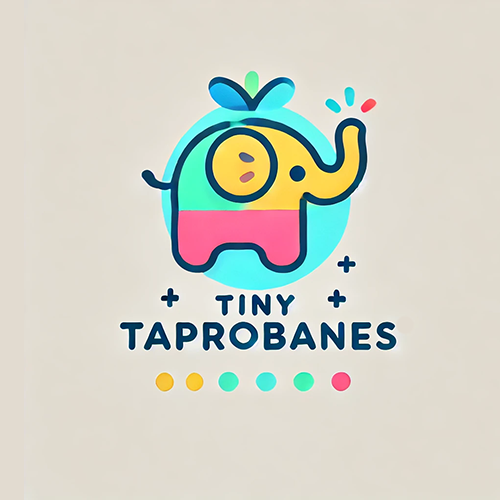Sri Lankan cuisine is known for its vibrant flavours, rich spices, and hearty meals. However, when it comes to feeding toddlers, many traditional recipes need a few tweaks to ensure they’re suitable for little tummies. With simple modifications, parents can preserve the authenticity of Sri Lankan dishes while making them nutritious and toddler-friendly. In this article, we explore how to prepare healthy Sri Lankan meals for toddlers that are both delicious and developmentally appropriate.
Healthy Modifications to Traditional Recipes
Modifying traditional Sri Lankan recipes to suit toddlers doesn’t mean sacrificing taste. It’s about making smart, health-conscious adjustments that align with a young child’s nutritional needs.
Here are some effective ways to make traditional meals healthier for toddlers:
- Reduce salt and sugar: Toddlers’ kidneys are still developing, and too much sodium or sugar can be harmful. Use natural sweeteners like ripe bananas or jaggery in moderation, and flavour food with herbs and spices instead of salt.
- Switch to healthier cooking methods: Choose steaming, boiling, or grilling over frying. These methods preserve nutrients while reducing unhealthy fats.
- Use whole grains: Replace white rice with red or brown rice, and choose whole wheat flour over refined flour when making roti or string hoppers. Whole grains offer more fiber, vitamins, and minerals.
- Incorporate more vegetables: Add colourful vegetables like carrots, pumpkin, spinach, and beans into curries and soups to enhance the vitamin and mineral profile of meals.
- Use coconut milk mindfully: Coconut milk is a staple in Sri Lankan cuisine and a good source of healthy fats. However, moderation is key—use thin coconut milk more frequently and thick milk occasionally.

Toddler-Friendly Modifications of Common Sri Lankan Dishes
Here are a few examples of how to adapt popular local meals:
- Kiribath (milk rice): Use less coconut milk and serve with mashed bananas or a mild vegetable sambol instead of spicy accompaniments.
- Parippu (dhal curry): Make it mild by reducing chilli and adding grated vegetables like carrots or spinach for an extra nutrient boost.
- Rice and curry: Create a balanced plate with red rice, a vegetable curry, mild fish or egg curry, and a small portion of coconut sambol made less spicy.
- String hoppers: Serve with a vegetable stew or mild coconut milk gravy rich in pumpkin or ash plantains.

Balancing Tradition with Modern Nutritional Insights
Striking the right balance between cultural food traditions and current nutritional recommendations is key to ensuring optimal toddler health. Sri Lankan food naturally contains many nutritious elements, such as lentils, vegetables, and spices with medicinal properties. However, it’s essential to be mindful of portion sizes, salt levels, and cooking methods.
Modern nutritional knowledge encourages:
- Balanced plates: Include protein (fish, egg, lentils), complex carbs (brown rice, sweet potatoes), and a variety of vegetables.
- Age-appropriate portions: Toddlers have small stomachs. Offering 3 main meals and 2-3 healthy snacks is ideal.
- Minimal processed foods: Emphasise fresh, home-cooked meals over packaged snacks or artificial drinks.
By applying these principles, parents can provide healthy Sri Lankan meals for toddlers that support growth, immunity, and cognitive development, while honouring the flavours they grew up with.
Sri Lankan cuisine offers a treasure trove of flavours and nutrients that, with a few mindful tweaks, can become ideal toddler meals. By combining traditional recipes with modern nutritional insights, caregivers can give their little ones the best of both worlds—meals that are wholesome, familiar, and tailored for healthy development.
